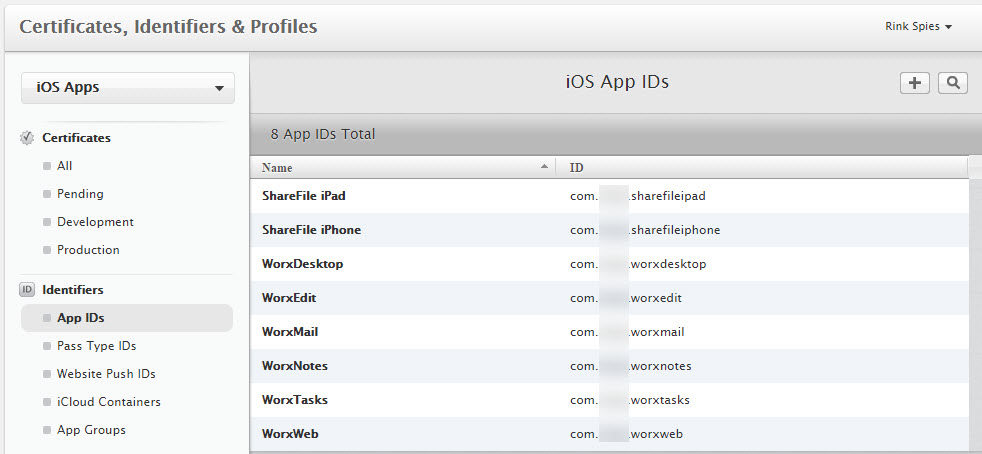
When I run AirPort Utility, click on Manual Setup, then the Advanced Button, Logs and Statistics, and finally the DHCP tab, I get a display of MAC Addresses. IP Addresses, and Lease Time for each. But the Client ID column is totally blank.
As you already know, the Client ID or (DHCP Client ID) is an optional value. You would create these for each Apple client that you would be connecting to your network by entering a value in the 'DHCP Client ID' field on the Network > Advanced > TCP/IP page from System Preferences. Thus, if you don't enter these values this would be the reason that the column would be blank.
So I am left with no reasonable way to determine which local ID is associated with which device. Yes, I can go around to each device, write down its MAC address, and then figure out the IP number. I would have to repeat the process each time we've had nasty power failures as we have around here for the last week.
Regardless of the reason, the default for most routers, not just the AirPorts, is to provide DHCP service. This is a dynamic service where the router's built-in DHCP server will dole out private IP addresses to LAN clients. For the AirPort, these would be in the range of 10.0.1.2 - 10.0.1.200. Other vendors, like Linksys, will use DHCP addresses in the 192.168.x.x range. Private IPs are not used on the Internet, only on LANs.
Because these addresses are dynamic, they will change over time based on the Lease Time value. This is also true of the IP address provided by your ISP unless you subscribe to a 'business-grade' level of service, where your ISP will provide you with a static IP address at a additional cost.
My ISP issues single IP address for my connection.
This would be true if you are subscribing to a 'business-grade' level of service. Most likely, you are getting 'consumer-grade' instead. Over time, the IP address your ISP provides you will vary within a narrow range that your ISP has been authorized to use.
Given that, the Time Capsule via DHCP assigns a local address to each device on the local network, e.g., things like 10.0.1.200, 10.0.1.199, etc. These are strictly local, and the ISP has nothing to do with them.
Yes, this would be correct.
Every previous router I've ever owned would interrogate the individual devices to find out what they considered their names, and display these in a list along with the corresponding local IP number. But not this one.
This is a feature of NAT. Most NAT routers, including the AirPorts, will 'store' the client's MAC address, and the associated DHCP-served IP address in order to communicate thru the router to the Internet ... or to another router. This is how the router knows to return a call to the Internet to the device that requested it. NAT really doesn't care about the computer's name, that's only for us humans.
If you want to be able to tell your computers apart, outside of its MAC address, just enter a DHCP Client ID value which makes sense to you.
The IDS Mac client compatibility fix for Apple release of OS X Lion 10.7 has been installed. The IDS program creates a “virtual environment” for TEMPO, which means that there is no need to use an Internet browser, Windows emulator or dual-boot software. Turn on Finder integration. If you’re on OSX 10.10 or higher, get sync status directly from Finder by enabling Finder overlays in Settings. First, click the Apple logo in the top left corner of your Mac Desktop and select System Preferences, then select Extensions in the top-level menu (shown in the 3rd row from the top). Toggle on the OneDrive Finder Integration to enable Finder overlays.

Is Client For Microsoft Network Needed
Ids Client For Mac Windows 10
Jul 15, 2008 10:49 AM
